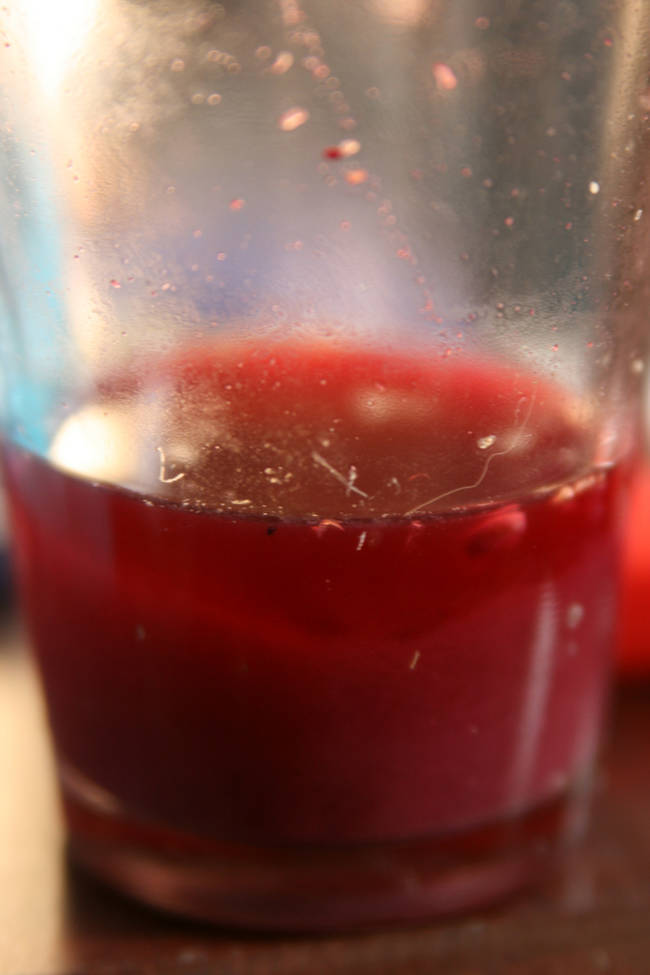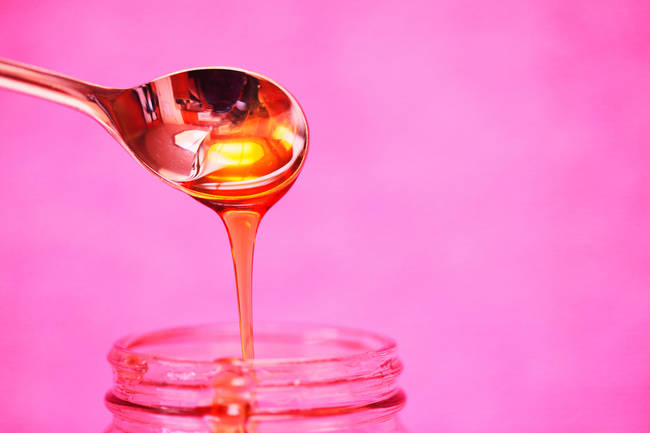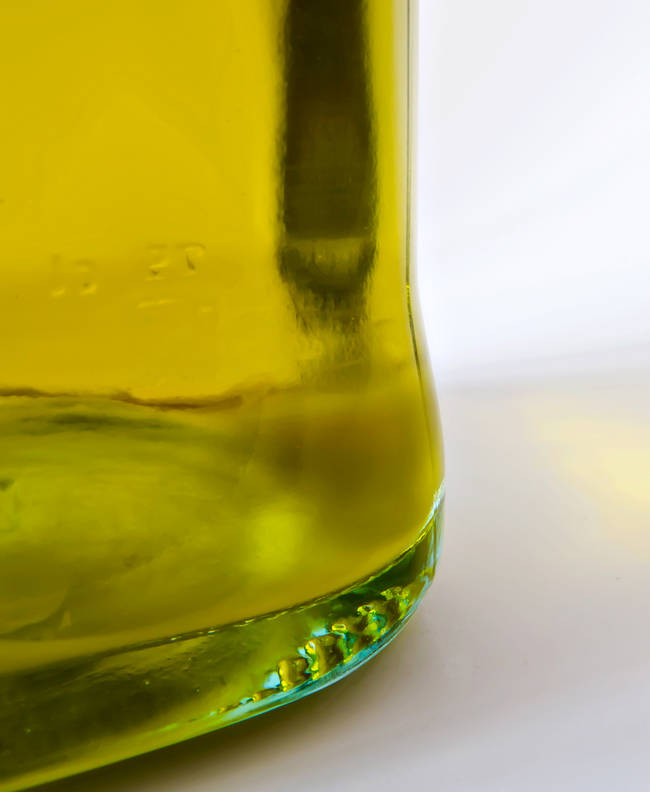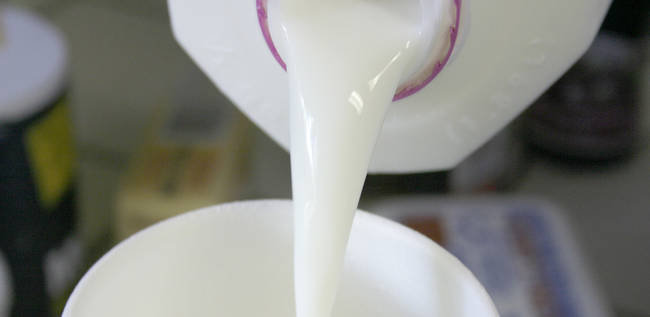Have you ever wondered what’s exactly in your food? In the case of our food, ignorance might really be bliss. You probably aren’t ready to know just how many additives are put in the food we consume everyday. Sometimes, so much is added to a particular product that when you break down its ingredients, it’s no longer what the label says it is. This is a terrible trend that has to be stopped.
1.) Coffee: If you buy ground coffee beans, there’s a chance that it may contain diluting materials such as maltodextrins, roasted ground parchment, twigs, glucose, roasted date seeds, rye flour, roasted soybeans, glucose and other stuff that doesn’t help the purity of your morning cup of coffee.
2.) Fish: Unfortunately, when you buy fish at the store, there is a chance that it might not be the fish that the label say it is. A study was done to investigate the rates of mislabeling. Snapper and Tuna were found to have to highest rate of mislabeling in the sample taken: 87% and 59%.
3.) Pomegranate Juice: This healthy, but pricey, juice is sometimes diluted with high fructose corn syrup, pear juice, grape juice, as well as sugar.
4.) Honey: If you think that most honey goes directly from the hive to the jar you buy in the store, think again. Some honey go through a long period of processing that adds ingredients like high-fructose corn syrup, sugar syrup, beet sugar, sucrose syrup, and other additives which greatly dilute the purity of the honey. What’s more, many kinds of honey don’t contain pollen because of the cleaning process, making it impossible for regulators to trace the source of the honey. With all these additions, you have to ask whether it’s even honey anymore.
5.) Olive Oil: A decadent and delicious foundation or addition to a meal, olive oil can unfortunately often be counterfeited and sold as authentic. Soybean oil, palm oil, peanut oil, sunflower oil, vegetable oil and other oils are used to dilute counterfeit oil.
6.) Blueberries: Just because a label says a piece of food has blueberries in it and you can see little blue dots in it, does not mean that there are any blueberries in the food at all. Sometimes these “blueberries” are nothing more than a cocktail of ingredients including sugar, hydrogenated oil, and blue food-dye. As you can guess, these faux-berries aren’t quite as nutritious as real blueberries.
7.) Orange Juice: This healthy morning drink can contain some not so healthy additives. These include monosodium glutamate, beet sugar, ascorbic acid, corn sugar, and potassium sulfate. Apparently the “orange” in “orange juice” can sometimes mostly refer to just the color.
8.) Milk: This isn’t what our grandparents were drinking. Some milk nowadays contains substances like hydrogen peroxide, detergent, non-authentic animal sources, urea, non-potable water, and formaldehyde to name a few.
(via: mnn.com)
This list just goes to show the importance of making sure we know where our food comes from and how it is processed before it ends up on the shelf for us to buy.











